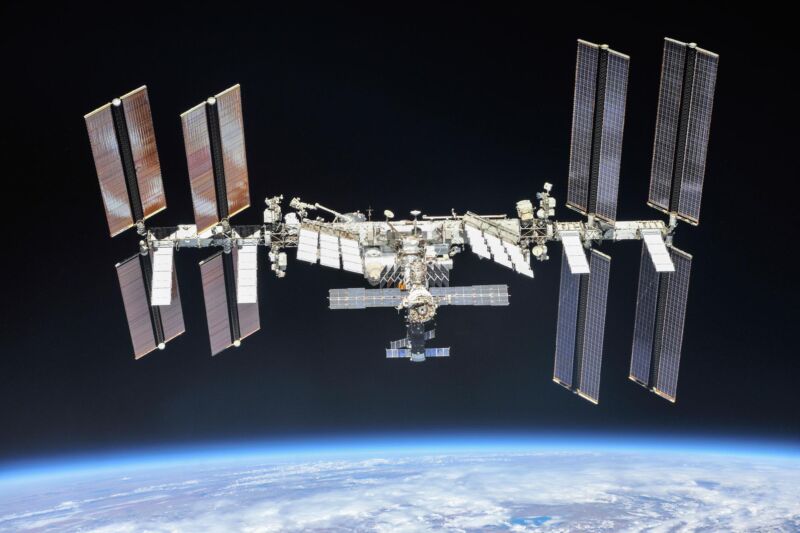These statements could be more rhetorical saber-rattling from the Kremlin, but they underscore the cloud of tension that hangs over the International Space Station, even as astronauts and cosmonauts happily work together 260 miles (420 kilometers) above the Earth.
"If they choose not to extend, we'll have to take a look at what does that mean," Gatens said. "If the deorbit vehicle is ready, do we go ahead and bring it home? Do we have a way of continuing? Obviously, it presents a risk, and we'll have to think about what the implications of that are for us."
Assuming the space station's international partners will retire the laboratory as planned in 2030, the final deorbit maneuver could happen in early 2031. NASA would like to have the deorbit vehicle ready for launch in 2029, up to a year and a half before the space station's final plunge. If these dates hold, the final crew for the ISS would likely launch in late 2029 and remain aboard the complex for a year, then come home before the final deorbit burns to guide the massive lab back into the atmosphere.

Ken Bowersox, NASA's associate administrator for space operations, said the agency's leaders have thought about their options if Russia decides to end its participation in the ISS program.
"A lot depends on what happens after the Russian team decides they're not going to go past 2028," he said a meeting of the NASA Advisory Council's human exploration and operations committee Tuesday. "Is that a hard cutoff, (where) they turn off all the lights and aren't providing even propulsion anymore? Or might they still provide propulsion, but we need to provide some other contribution to make up for that, or do they fly (their modules) away? That's the least likely—they fly their segment away. Whether or not it's a sharp cutoff, or whether they continue to provide some minimal level of support, that affects what we do quite a bit."
There's also a chance NASA might want to keep the ISS flying beyond 2030. The agency is helping fund several industrial teams designing privately owned space stations, and NASA would like to have one of these commercial outposts in orbit when ISS falls out of orbit. This would give NASA and other customers a platform for continued research in low-Earth orbit.
NASA finds itself in a delicate balance here. As long as the ISS is operating, developers of commercial space stations may not find enough demand to close their business cases. Retire the ISS in 2030, and NASA risks a gap in research in low-Earth orbit as the agency pivots to flying astronauts to the Moon and eventually Mars.
“Our main goal is to avoid any type of separation between ISS and the platform that comes next," Bowersox told reporters in July. "We'd love to have some overlap, but there's lots of things that can keep us from being able to do that. Resources is one. Development schedule for the new vehicles is another. We’re going to make sure they're ready before they fly, and we wouldn't want to hurry them up.
"And then just how things are going with ISS, that's another possible factor," Bowersox continued. "So we'll be weighing all those things and doing our best to minimize any type of separation between the current platform and the platforms that come next ... We're thinking a lot about the transition. We're trying to manage it to minimize any type of disruption, and we'll use all the flexibility that we've got to avoid a disruption, but we'll have to react a little bit to how the situation actually develops.”












Comments